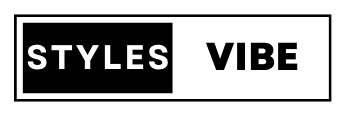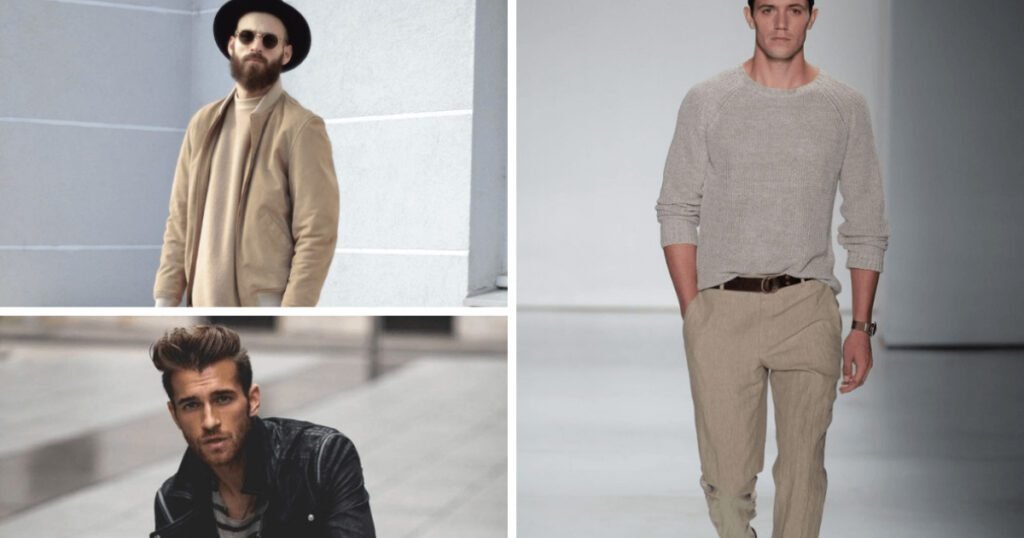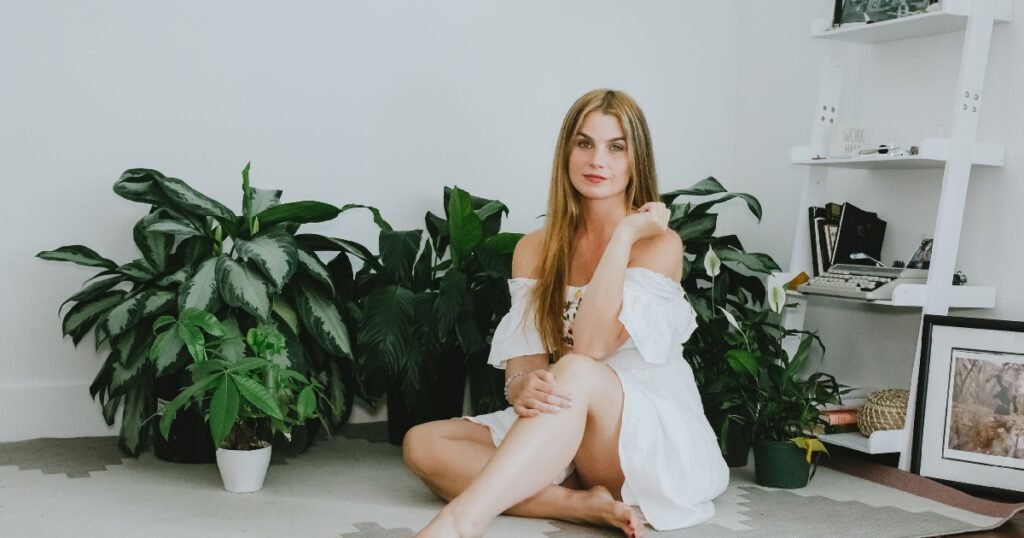1. What is Dress to Impress Codes?
Dressing to impress doesn’t only mean expensive clothing or the latest trends. It involves reading a room and altering your style to meet expectations on various occasions. Like learning a new language, you first learn the basics and then can only experiment slightly within that modus operandi to convey your individuality. Learn more about dress-to-impress codes.
2. The Importance of Dress Codes
Seriously, why do we even have these dress codes? In short, they establish expectations and help people know how to act depending on the context. Whether we agree or not, our appearance directly relates to what people think. Dress codes are important for learning how to conform to social norms; sometimes, you should fit in, and other times, you should stand out.
What if you went to a formal black tie event in jeans? It would be uncomfortable for you and likely make others feel awkward. Jeans are part of a social contract that ensures everyone works on the same page.
3. Dressing Well: What Do Different Types Of Dress Codes Mean?
It can be wild when considering suits, business casual, smart casual, and cocktail attire. So, here they are broken down into what these mean:
Casual Wear:
Put together, but Not That Much. Jeans, tees, and sneakers are fine, provided they are fresh.
Business Casual is one step up from casual and usually means slacks or skirts, button-down shirts, and dress shoes.
Smart Casual is more refined casual wear. Think of a blazer plus jeans: an elegant but more casual choice.
Cocktail:
Sharped, Chic, and Good for a Night Out. This usually equates to knee-length dresses for the ladies and suits with ties for men.
Black-Tie:
The most formal men must wear tuxedos, while women should wear floor-length gowns.
White Tie is one level up from black tie and is usually only for royal events! Men in tails and women dressed as finely as if they were headed anywhere.
However, knowing these terms would have helped me navigate any social event easily and avoid being underdressed or overdressed.
4. Casual Dress Code: Dive Down, Sit Back Casual dress code??
When dressing casually, always ensure you look like you’re wearing clothes by intention. Stick to basic, plain clothes that fit well. Also, good-fitting jeans, nice clean tees, and a light jacket are good choices.
Casual, not careless!
Even if you are dressing down, what you wear should say something about who you are. Whether it is a brunch date with the girls or just a chill weekend event, your off-duty looks should say you feel comfortable and slightly stylish.
5. A business casual style: the combination of corporate and comfortable
It is most likely the common dress code in every workplace but may also be worse to interpret— for women and men. The answer is to fit a professional look into comfort. Think of it as business-casual workwear.
But this cover hits home a little too well for the Wall Street buff, who told them when your only idea of all-American cool is a pair of khakis or dress pants and loafers. Women might wear a pencil knee-length skirt and blouse or slacks with pumps. The key is not to veer too far from the middle—nothing as formal as a full suit, but nothing casual like jeans.
6. Elevated Fashion as Smart Casual Alternative
A smart casual is where style and comfort meet sophistication. This dress code essentially smartens the appearance up without being too conservative. Imagine you are about to step into some cool restaurant or a semi-formal event that needs a little style but nothing stuffy.
For men, smart casual entails wearing a blazer over chinos or fitted jeans with a shirt tucked in. Few of us will wear last-minute red all-in-one jumpsuits; some women wear a coat dress or overcoat with their finest cigarette pants… I shall never surprise myself. Accessories are key as well. Feel free to add a statement piece (a large necklace) or a simple accessory, like a watch, which can do wonders.
7. COCKTAIL ATTIRE: DOLLED UP & DRINK IN HAND
This is the dress code you must follow when an evening event requires a certain level of refinement without reaching a gala. It is the quintessential middle of the road-between casual and black ties. One of my most lovely friends, a pretty smart dresser. The perfect example is when I say “cocktail attire.”
This usually results in a knee-length dress for women and elegant heels, with maybe some shiny jewelry. The right outfit for men is a dark suit, dress shirt, and tie. The objective is to appear polished and put together, preparing you for a chance encounter with confidence.
8. At The Highest Points of Formality:
Black and White Tie
There is an important similarity between black and white ties—no human line 132 text_text Humphrey. This is the most formal of all dress codes; men are expected to wear a tuxedo with different components (as discussed earlier), while women must don floor-length formal gowns. They are restricted to the most exquisite events, such as maquillages, matrimonials, or dinners of the State.
Men:
A black tie for women requires a tuxedo, black bow tie, and shiny dress shoes. A long evening gown in a dark or neutral color is also relevant.
White tie:
This is even more formal. In this case, men wear a tailcoat, a white bow tie, and white gloves; women wear the most glamorous evening gown. You will often see this dress code at royal or diplomatic events.
Creative black tie:
You might see this at one of the parties of upscale but vibrant modern or artistic events. This clothing rule implies a creative and personal interpretation. For example, a man can choose a bow tie of an unusual color or pattern, a stylish cummerbund, or even a velvet jacket. A woman can afford an evening gown with a bright print or unusual cut – the main thing is maintaining the overall formality while introducing an element of creative
self-expression:
Cultural and regional dress codes. As the world becomes more unified, cultural and regional dress codes should be discussed meticulously. For example, suppose you must attend a traditional Indian wedding, a Japanese tea ceremony, or a business meeting in Arabic countries.
In that case, you will be expected to know what dress is approved or unacceptable. These dress codes often differ from those accepted in Western cultures, and what is considered too formal or too informal may vary. For example, most Asian countries advise covering the shoulders and avoiding overly revealing clothing. In Arab countries, it is common to wear modest clothing that covers the body through the collarbone up to the knees. Women, in turn, are expected to cover their hair and sometimes face.
11. Weddings, Parties and Anything
One must dress to fit the region, occasion, and environment, as one should blend in with what is happening around them.
Wedding:
It depends on the couple who is getting unified with each other. As usual, the invitation is always a good place to gather colors, and remember—NO WHITE = not upstaging that perfectly clad bride!
Black is mourning:
It is the traditional color for funerals. While most cultures and families you visit will ask visitors to wear white, some will have different colors or styles in line with their beliefs. These guidelines should be followed as a sign of respect.
Dinner Parties:
The dress code for dinner parties can range from casual to cocktail. Remember the setting we, your host, and other attendees attend; a black tie outfit has been state-worn and worn. The importance of accessories is in the dress code.
Accessories can either break or make an outfit. Turn a casual dress or pantsuit into something extraordinary, and give a classic tuxedo your personal touch available at the workplace. The accessories play a huge part in dressing to impress.
Choose something classic for work or formal days, such as simple pearl earrings and a clutch to match or a slim/fit-tailored tie. You can play a bit looser in more casual environments—fun scarves, statement necklaces, or bright socks for a little flair.
13. Most Common Errors and How to fix them
Even the most stylish amongst us can commit a dreadful dress code sin. Some examples of those blunders and simple strategies:
The category of overdressed: Settle for the event theme. The second option is underdressing. It is always better to be slightly over than underdressed when in doubt.
Disregarding the Dossier: Dress codes are there for a reason. However, not considering them leads to uncomfortable situations.
Too many accessories: In this case, less is more. Keep your outfit simple with just a few minimal pieces to avoid overwhelming it.
You know that wearing the most fabulous pair of shoes can ruin your life (or at least this new outfit) even if they look great; our feet need to feel okay.
14. Sustainability Fashion — How can we be classy and ethical simultaneously?
Sustainability in fashion has never been more prevalent as environmental issues arise, and the need for change becomes more important. You can do this by selecting clothes produced with natural cloths eco -friendly materials, shopping in Ethical fashion stores, or even recycling your old textiles!
Being fashionable does not necessarily mean using unsustainable fashion. Many brands and designers produce fashionable, well-made options that appeal to your principles. So, by opting for sustainable fashion, you are making a style statement and a way to showcase your conscience toward the world.
15. Summary: A Genius at the Combination of Best Dressing
Dressing to impress means understanding the context, recognizing the dress code, and allowing your style to shine through those guidelines. A balance of blending in and setting yourself apart the right way. When you go to an event or meetup, and the occasion is formal or casual, it shows that there was enough respect for your time for going in their honor and that dressing appropriately is essential.
16. FAQs
How do you use dress to impress codes?
Applying dress-to-impress codes correctly requires knowing how specific an event or place wants you. They are black ties; refer to the invitation details and ask the host! So get familiar with the dress code and pick something within that scope that is still personal to your style. Paying attention to fit, fabric choice, and accessories will help ensure your outfit is well put together and appropriate. Keep in mind that you should be the one to feel more confident and at ease but still appealing.
How many dress-to-impress codes are there?
Different social or professional settings have dress-to-impress codes that almost everyone commonly understands. These distilled down are casual, business school attire, smart limited clothing suits with casual elements) cocktail dress (midtown glamorous), black tie wearing a tuxedo or evening ground, white tie, and the most formal event wear standards to date. A contemporary twist of a creative black tie has followed all. Each code has guidelines for the amount of formality and type of dress.
What are all the new codes in dress to impress?
While traditional dress codes like casualwear, business casual, and black tie are widely used, newer or evolving dress codes represent quickly shifting fashion trends and cultural norms. These include:
- Business Comfort—This is a business casual, relaxed approach. It may use more comfortable fabrics and styles inspired, in large part, by remote work.
- Athleisure: Mixing athletic wear with casuals or even a few smart-casual pieces fits right into the most laid-back and creative environments.
- Sustainable fashion- where we promote eco-friendly and ethical clothing choices. This code highlights the increasing demand for environmental concerns regarding fashion consumption, spreading across several social circles.
- It’s sort of like Tech Casual. Common in tech, this type echos a combination of casual meets smart, usually associated with great quality and minimal items but ultimately comfortable looking good.
How to dress for an interview?
A job interview is not the place to wear your weekend best. Instead, it should be business casual or, depending on the company culture, perfect for business formal wear. Wear a business suit or professional dress; accessories are appropriate sightlines.
Cocktail Party Jeans. Does that even make sense?
Again, it is standard cocktail attire – don’t wear jeans. You should instead choose a more formal dress or maybe even your suit, and here are some of the reasons why :
What Am I Supposed to Wear? — Wedding hashtags
Your wedding invitation usually includes a hint about the dress code. Evening weddings tend to be more formal than daytime weddings, but if the dress code is not clarified, consider the time of day and location—a morning wedding at a barn vs. a night in the city.
Mixing dress codes (i.e., a casual top with a skirt that has never even heard of “business”)?
When done correctly, mixing dress codes can also be a brilliant idea. This technique is commonly found in smart casual outfits, which blend relaxed with more formal elements.
But what is “business casual” anyway?
Business casual is a dress code that comprises less formal business outfits and more casual clothes in one definition. Less formal than a suit but more put-together than jeans and t-shirt; this style frequently consists of slacks or skirts with collared shirts and dress shoes.
Learn about Short Suit for Women




